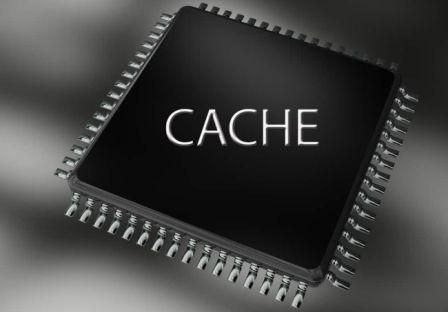CACHE MEMORY ,Importance of cache memory , types of cache memory , cache memory mapping , cache memory tutorial , cache memory size , cache memory in computer organization
CACHE MEMORY
 |
| CACHE MEMORY |
Cache memory (pronounced as the "cash memory") is placed in between the CPU and the main memory. It is faster than the main memory. Hence access time is much less than that of the main memory.
The access time of a cache memory is 15-25 nanoseconds (ns) whereas that of the main memory is 80 ns. One nanosecond = 10 to power minus 9 second. The cache memory stores instructions and data which are to be immediately executed.
It is used to reduce the average access time for address, instructions or data which are normally stored in the main memory.
Thus, it increases the operating speed of the system. Cache memory is much costlier than the main memory. From economical considerations, the size of cache memory is usually smaller than that of the main memory.
Sometimes cache is used to store only instructions. One such type of cache is used in 68020 processor.
It has 256-byte instruction cache, which allows it to pre-fetch instructions from the main memory and store them in the cache during the period when the system bus would otherwise be idle.
The microprocessor 68030 has both 256-byte instruction cache and 256-bit data cache.
The high-speed memory used for the Cache purpose is very costly, the reason why is not used as the main memory.
The information frequently required by the processor is kept in the cache memory by the Cache controller.
This Cache controller ensures that the data required by the processor in the next memory access is available in the cache memory.
This improves the speed of the computer very much because if the required data is in the cache memory, it is made available to the CPU without any wait state. When the required data is available in the cache it is called a hit.
In case of a cache hit the processor immediately reads or writes the data in the data cache line. The proportion of accesses that result in a cache hit is known as the hit rate, and is a measure of the effectiveness of the cache.
When the required data is not available in the cache memory it is called a miss.
In case of a miss, most caches allocate new entry, which comprises the tag just missed and a copy of the data from memory.
The reference can then be applied to the new entry just as in case of a hit.
Misses are comparatively slow because they require the data to be transferred from the main memory. This transfer incurs a delay, since the main memory is slower than cache memory .
Cache memory is a high-speed memory built in the processor and used between the main memory and the processor.
Hii
ReplyDeleteNice Blog
Guys you can visit here to know about
Hotstar advertising agency in India
Tooo good article,Thank you for sharing this awesome blog.
ReplyDeleteKeep updating...
ServiceNow Training